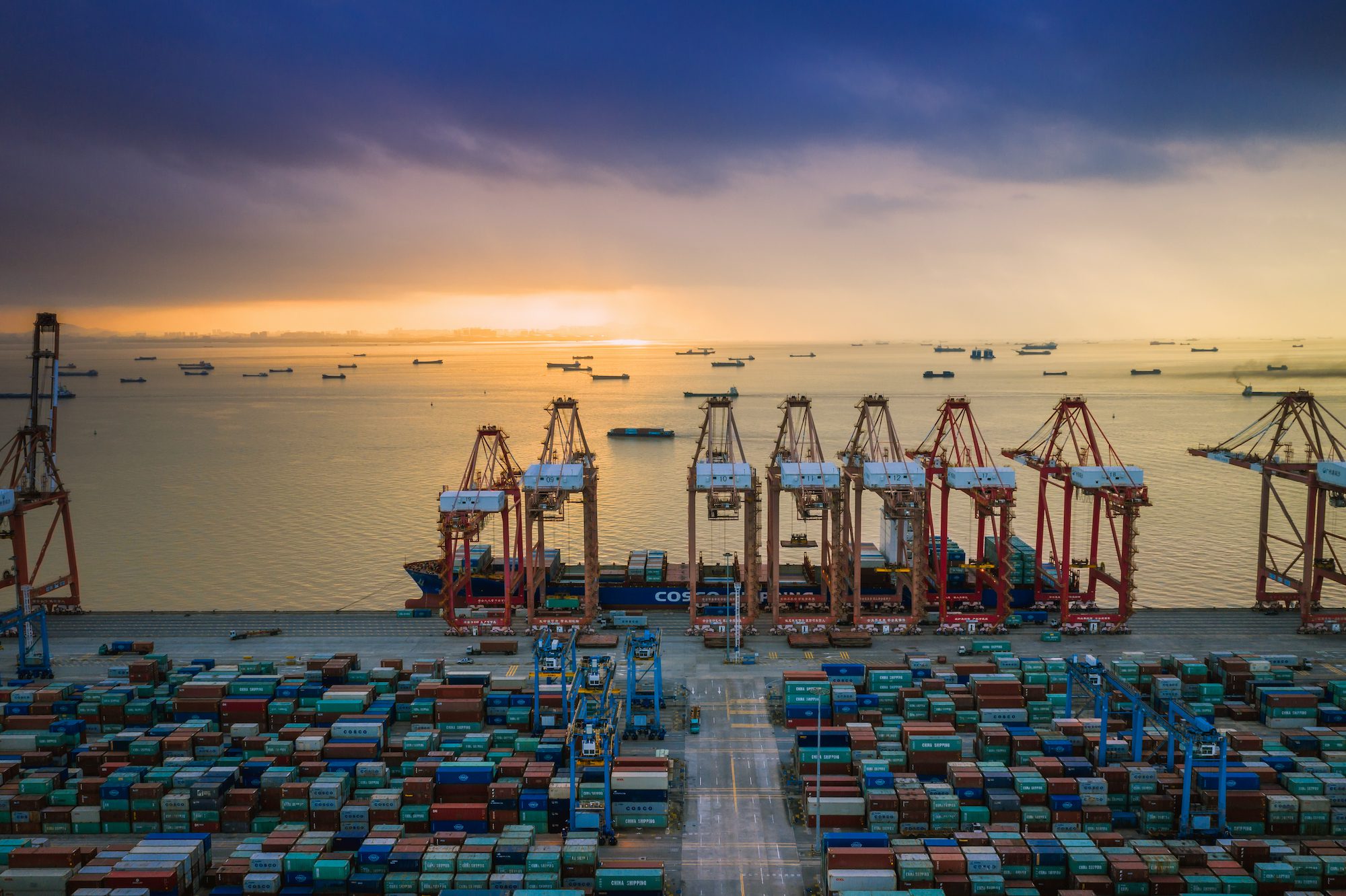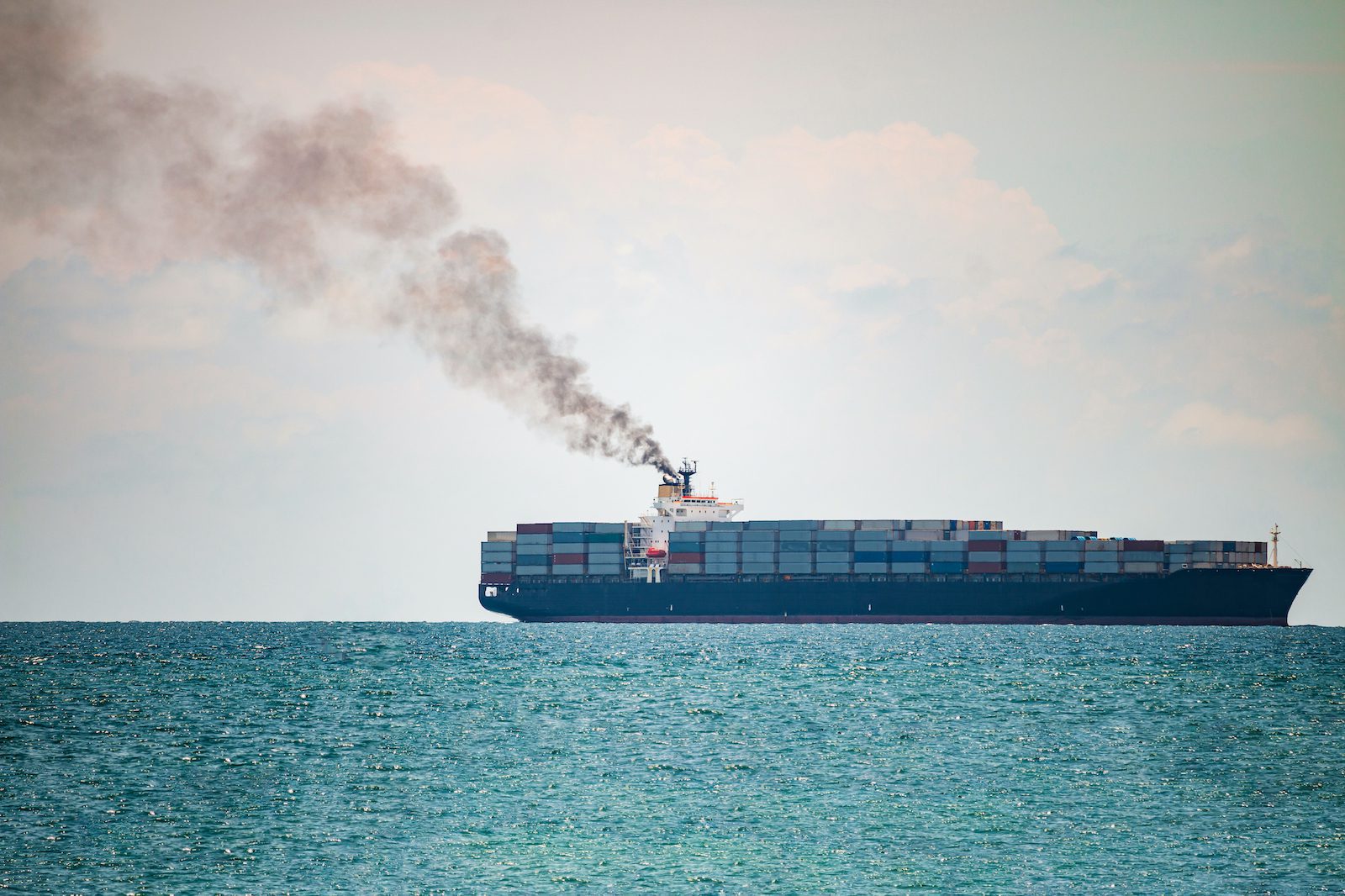In a bold escalation of the ongoing U.S.-China trade war, Beijing has implemented retaliatory ‘special port fees’ on American-linked vessels, mirroring Washington’s Section 301 measures that target Chinese shipping.
By Paul Morgan (gCaptain) – Announced on October 10, 2025, by China’s Ministry of Transport, these fees took effect on October 14, just as U.S. port charges began hitting Chinese-built and operated ships. This tit-for-tat action, rooted in amendments to China’s maritime regulations, underscores a deepening regulatory divide that could reshape global supply chains, inflate shipping costs, and strain international trade relations.
The foundation for China’s response was laid on September 28, 2025, when Premier Li Qiang signed State Council Decree No. 817, revising the Regulations of the People’s Republic of China on International Maritime Transport. Originally formatted in 2001 and last updated in 2016, these regulations govern foreign shipping activities in Chinese waters. The 2025 amendments, effective immediately, introduce 15 key changes aimed at enhancing oversight, promoting reciprocity, and protecting national interests amid rising geopolitical frictions.
Central to the revisions is a new clause empowering the State Council to impose countermeasures against any country or region enacting ‘discriminatory prohibitions, restrictions, or similar measures on Chinese vessels, operators, or crew. These countermeasures are broad and flexible, including but not limited to: levying special fees on offending vessels at Chinese ports; restricting or banning their entry; limiting access to maritime data and information; and curtailing business opportunities in China’s logistics sector.
The amendments also refine institutional mechanisms, mandating detailed reporting from foreign entities on vessel ownership, crew details, and operations. They tighten cabotage rules—prohibiting foreign vessels from domestic transport without approval—and impose stiffer penalties for violations, such as fines up to RMB 1 million (about $140,000) for unauthorised activities.
Additionally, the updates require newly operated international passenger ships and bulk liquid dangerous goods carriers to meet enhanced safety and technical standards. They emphasise innovation in maritime equipment supply and repair, aligning with China’s push for self-reliance in shipbuilding, where it commands over 50% of global capacity. Analysts view these changes as a strategic pivot, using maritime policy as a tool for economic coercion for the first time.
The U.S. actions prompting this response stem from a Section 301 investigation under the Trade Act of 1974, concluded in May 2025, which accused China of unfair practices in maritime, logistics, and shipbuilding sectors. Effective October 14, 2025, the U.S. Trade Representative (USTR) imposed service fees on vessels built in China or owned/operated by Chinese or Hong Kong entities entering U.S. ports. Initially set at $18 per net ton, the rate was modified to $46 per net ton starting October 14, with escalations to $59 (April 17, 2026), $72 (2027), and $85 (2028). For a 100,000-net-ton vessel, this could add hundreds of thousands in costs per call. Exemptions include unladen vessels for repairs, and fees are payable upon entry, with U.S. Customs and Border Protection overseeing collection.
In retaliation, China’s Ministry of Transport detailed its special port fees on October 10, targeting U.S.-flagged, U.S.-built, or U.S.-owned/operated vessels, including those where U.S. entities hold 25% or more equity, voting rights, or board seats.
Exceptions to the fees mirror the U.S.: no fees for Chinese-built ships or unladen repair vessels. Beijing’s measures extend to sanctioning U.S. units of South Korean firm Hanwha and probing other entities, signalling broader potential actions under laws like the Anti-Foreign Sanctions Law.
Industry experts warn of significant fallout. Shipping data provider Alphaliner estimates U.S. fees could cost top carriers up to $3.2 billion annually, prompting fleet redeployments and higher freight rates.
Chinese officials frame the moves as defensive reciprocity, with the Ministry slamming U.S. fees as “discriminatory” and disruptive to global supply chains. U.S. aims include countering China’s shipbuilding dominance and fostering domestic alternatives. As of October 17, 2025, enforcement is underway, with reports of minimal immediate disruptions but warnings of long-term bifurcation.
This maritime showdown precedes anticipated talks between Presidents Trump and Xi at the APEC summit in South Korea later this month. Amid calls for dialogue, the reciprocal fees mark a new phase in economic rivalry, potentially raising consumer prices and complicating neutral players in the $14 trillion shipping industry. As one analyst put it, “We’re witnessing the institutionalisation of maritime trade as a battleground.”

 Join The Club
Join The Club











